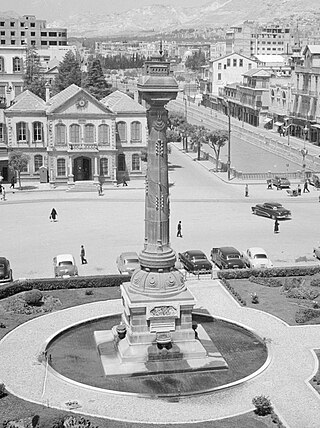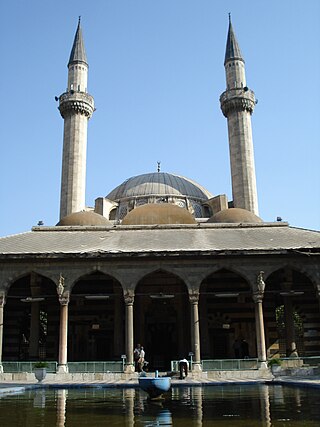14 Sights in Ancient City of Damascus Municipality, Syria (with Map and Images)
Legend
Welcome to your journey through the most beautiful sights in Ancient City of Damascus Municipality, Syria! Whether you want to discover the city's historical treasures or experience its modern highlights, you'll find everything your heart desires here. Be inspired by our selection and plan your unforgettable adventure in Ancient City of Damascus Municipality. Dive into the diversity of this fascinating city and discover everything it has to offer.
Sightseeing Tours in Ancient City of Damascus Municipality1. Bab Touma
Bab Tuma is an area of the Old City of Damascus in Syria, and is also the name of one of the seven gates inside the historical walls of the city, which is a geographic landmark of Early Christianity. The gate was named by the Byzantines to commemorate Saint Thomas the Apostle, one of the twelve apostles of Jesus Christ. The Romans first built the seven gates, and during their era, the gate was dedicated to Venus. The current gate was reconstructed by the Ayyubids in the 13th century.
2. Bab Kisan
Bab Kisan is one of the seven ancient city-gates of Damascus, Syria. The gate, which is now located in the southeastern part of the Old City, was named in memory of a slave who became famous during a conquest by the Caliph Mu'awiya. The wall was built during the Roman era and was dedicated to Saturn. Bab Kisan may have been the escape route of St Paul.
3. Statue of Saladin
The Statue of Saladin is an oversize equestrian bronze statue depicting the Ayyubid Sultan Saladin located in front of the 11th century Citadel of Damascus, in the Ancient City of Damascus in Damascus, Syria. The statue was designed by Syrian sculptor Abdallah al-Sayed. It was unveiled by the then Syrian president Hafez Assad in 1993, marking the 800th anniversary of Saladin's death.
4. Bab ash-Sharqi
Bab Sharqi, also known as the Gate of the Sun, is one of the seven ancient city gates of Damascus, Syria. Its modern name comes from its location in the eastern side of the city. The gate also gives its name to the Christian quarter surrounding it. The grand facade of the gate was reconstructed in the 1960s.
5. Saint Anania's House
The House of Saint Ananias is an ancient underground structure in Damascus, Syria, that is said to be the remains of the home of Ananias of Damascus, where Ananias baptized Saul. The building is at the end of the Street Called Straight near the Bab Sharqi.
6. Bab Al Jabiyeh
Bab al-Jabiya is one of the seven ancient city-gates of Damascus, Syria. During the Roman era, the gate was dedicated to Mars. Bab al-Jabiya was the main entrance on the city's west side. The gate opens on Medhat Pasha Souq, which is the modern western half of the Street Called Straight, the Roman east-west artery (decumanus), which still connects it to Bab Sharqi. The gate's modern name dates to the Umayyad period and comes from the name of Jabiyah in the Golan Heights, then the capital city of the Ghassanids, allies of the Roman Empire.
7. Cathedral of Saint George
The Cathedral of Saint George is a Syriac Orthodox cathedral located in Bab Tuma district, in Old Damascus, Syria. The Cathedral acts as the seat of the Syriac Orthodox Church since 1959. It houses the Syriac Orthodox Patriarch of Antioch, currently Ignatius Aphrem II.
8. Zeitoun Church
The Cathedral of Our Lady of the Dormition, also called the Melkite Greek Catholic Patriarchal Cathedral of the Dormition of Our Lady, is the cathedral of the Melkite Greek Catholic Church in the city of Damascus, Syria. It is the seat of the Greek-Melkite Archeparchy of Damascus dependent on the Melkite Catholic Patriarchate of Antioch, which includes about 150,000 baptized adherents and twenty parishes with fifty priests. Its faithful, assigned from the 18th century to the Holy See in Rome, employ the Arabic language and the Byzantine rite.
9. Saif Al-Din Yalbugha Mosque
The Yalbugha Mosque was a 13th-century mosque on the Barada river in Damascus, Syria. It was built by the Mamluks in 1264 or by Yalbughā al-Yahyāwī in 1346–47. During the reign of Ibrahim Pasha (1832–1840) it was converted to use as a biscuit factory. It was demolished in 1974 to make way for a redevelopment. A modern mosque completed on 27 October 2014 stands on the site.
10. مطرانية السريان الكاثوليك - دمشق
The Syriac Catholic Archeparchy of Damascus is a Syriac Catholic Church ecclesiastical territory or eparchy of the Catholic Church in Syria. While a metropolitan see, the Archeparchy of Damascus is without suffragans and is exempt directly to the Syriac Catholic Patriarchate of Antioch. It has its cathedral in the archepiscopal see and Syrian national capital Damascus.
11. Kathedrale St. Paul (Damaskus)
Syriac Catholic Cathedral of Saint Paul is the cathedral of the Syriac Catholic Church, located in Damascus, Syria. It is the see of the Syriac Catholic Archeparchy of Damascus and is located in the Christian quarter of Damascus, 100 m west of Bab Sharqi.
12. Orthodox Armenian Church
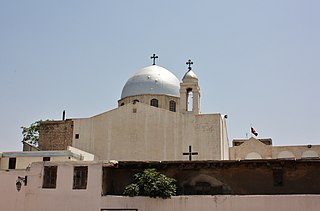
Saint Sarkis Cathedral is the cathedral of the Armenian Apostolic Church in Damascus, Syria. It is located directly at the eastern city gate Bab Sharqi on the south side of the Straight Road. During the civil war in Syria, it was able to continue its operations despite damage and fatalities in 2013 and 2014.
13. نصب ساحة المرجة
The Telegraph Column, located in Damascus, Syria, is a commemorative monument celebrating the completion of the telegraph line between that city and Hajj sites, in the former Ottoman Empire. It was designed by Raimondo D'Aronco.
14. Wtkya Al Molaoya Mosque
The Mevlevi Tekke is a hospice used by the Mevlevi as a refuge for the dervishes, i.e. the Mevlevi disciples. Basically, takaya was created by the Ottomans to care for the unbreadwinner, the unable to earn, the infirm, the helpless elderly, widows of women who cannot beat the ground, as well as the poor, strangers, and passers-by who have no shelter in the countries they pass through – especially if they are going to make the pilgrimage to the Sacred House of God. When Mevlevi spread, some takaya became the place where the dervishes resided. They spend their time in worship, and in the dhikr, which was often accompanied by Sufi circular dancing and music. With the decline of schools in the Ottoman era, zawiyas and takaya flourished, and the number of Sufis and dervishes increased. It has become a refuge for the poor through the ages. After World War I, Ataturk banned religions, including Mevlevism, demolished many takayas, turned some into museums and closed the rest.
Share
Disclaimer Please be aware of your surroundings and do not enter private property. We are not liable for any damages that occur during the tours.
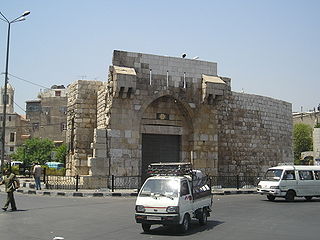
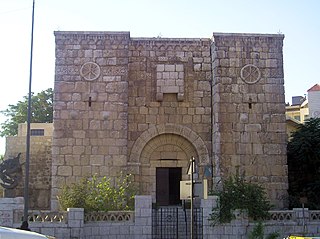
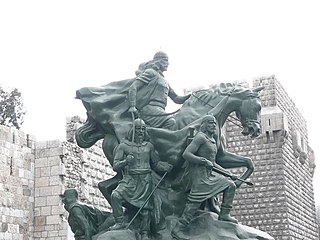
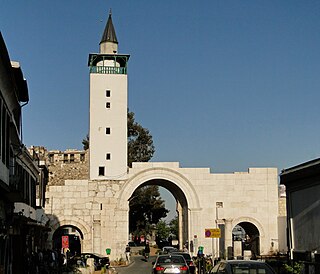
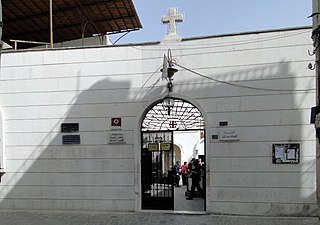
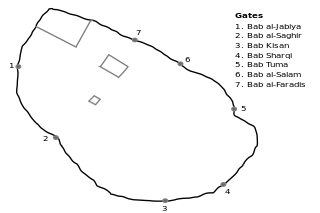
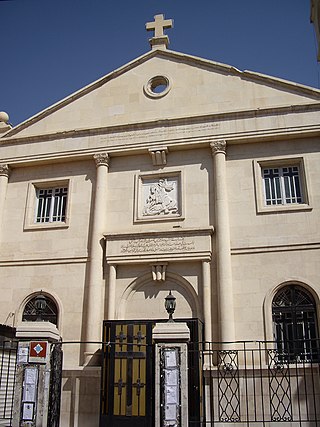
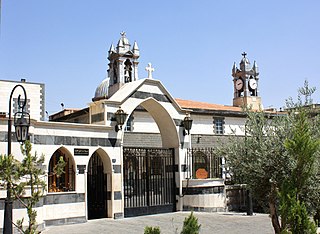
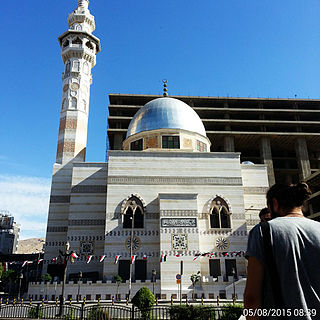
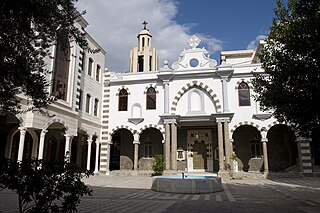
.jpg)
